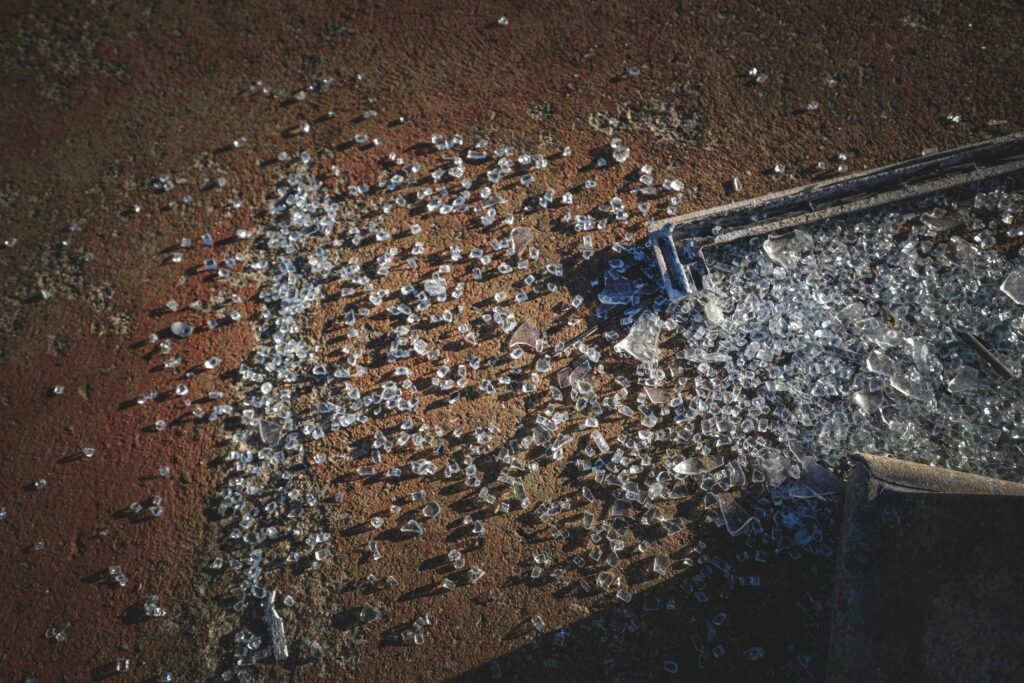The growing awareness around the dangers of microplastics has led many to question the safety of the products they consume. As more people become concerned about the hidden risks of microplastic contamination in food, water, and cosmetics, companies are beginning to address this issue.
But what if you could create a business that directly addresses these concerns and taps into this emerging market?
The Winning Idea: A Store Selling Microplastic-Free Meat & Fish
Imagine opening an online store that specializes in microplastic-free fish and meat. This unique offering would set your business apart from others in the industry, giving consumers peace of mind knowing that their food is free from harmful microplastic contamination.
The Marketing Strategy
The key to success here lies in the ability to prove the absence of microplastics in your products. The core of your marketing would revolve around the investment in microplastic testing kits.
Here’s how you could execute this:
- Test and Show Results: Test the meat and fish products for microplastics, and then showcase the results in real-time on social media platforms like Instagram Reels, YouTube, and Meta.
- Engage with Visual Content: Microplastic testing is visual and easy to understand, making it perfect content for platforms like TikTok and YouTube, where consumers love straightforward, shareable videos.
- Build Trust: Transparency is key. By openly sharing the testing process and results, you build credibility and connect with consumers who are concerned about the hidden dangers of microplastic in their diets.
This approach offers excellent share potential—people love sharing content that educates and empowers others. With the right messaging, this business could scale quickly, reaching millions of consumers globally.
Microplastic-Free Products: A Profitable Trend
While the concept of a microplastic-free meat and fish store is promising, it’s far from the only way to capitalize on the microplastic trend. Several companies have already turned the microplastic epidemic into a thriving business. Let’s look at some successful examples:
1. Microplastic-Free Makeup
- Honest Beauty by Jessica Alba is a great example. Honest Beauty made waves by promoting microplastic-free makeup, growing rapidly as consumers became more conscious of what they were putting on their skin.
- Aveda, a beauty brand, also embraced this movement, achieving significant growth within just two years by focusing their marketing efforts on the harmful effects of microplastics in skincare products.
These brands tapped into the rising awareness of microplastics and used it as a selling point, which resonates deeply with today’s eco-conscious consumers.
2. Microplastic Testing App
- Oasis Water is a groundbreaking app that tests water bottles for microplastic contamination. This simple yet effective solution allows consumers to check whether their water bottle contains harmful microplastics.
You could replicate this concept, but within a broader category—testing products beyond water. With a focus on testing everything from food to cosmetics, an app or service that helps consumers detect microplastics in their products could be a highly marketable and innovative business idea.
3. Microplastic Testing on Social Media
The world is eager to know the truth about microplastic contamination, and YouTube and TikTok are the ideal platforms for spreading this information. By investing in microplastic testing kits and sharing your findings, you can create viral content that speaks directly to consumer concerns.
How It Works:
- Visit Local Stores: Every day, go to a grocery store and select different products—dairy, poultry, vegetables, and more.
- Test and Record: At home or in a studio, test the products for microplastic contamination and record the process.
- Honest Feedback: Share your findings with your audience. Whether the product contains microplastics or not, your transparent, educational approach will resonate with consumers.
This kind of content has viral potential because it taps into people’s growing concern over the safety of everyday items. While similar tests have been done for sugar content or toxins in food, microplastics are still a relatively untapped area that could draw significant attention.
Why Now Is the Perfect Time to Act
The microplastic crisis is not a passing trend. The pollution of our oceans is only worsening, and microplastics are increasingly found in food, water, and products we use daily. Consumers are becoming more educated and demanding transparency in the products they purchase.
By 2025, the microplastic epidemic will be even more pressing, and businesses that provide solutions will be well-positioned for success. Now is the time to create products, services, or content that can help people make informed decisions about the products they consume.
Conclusion: The Microplastic Opportunity
Whether you create an online store specializing in microplastic-free food, a testing app, or a content-driven social media platform, the opportunities in the microplastic space are vast. The awareness is growing, and people are desperate for solutions.
You have the chance to be at the forefront of this movement. Microplastics may be a hidden epidemic, but with the right products and marketing strategies, you can turn this challenge into a highly profitable business.

